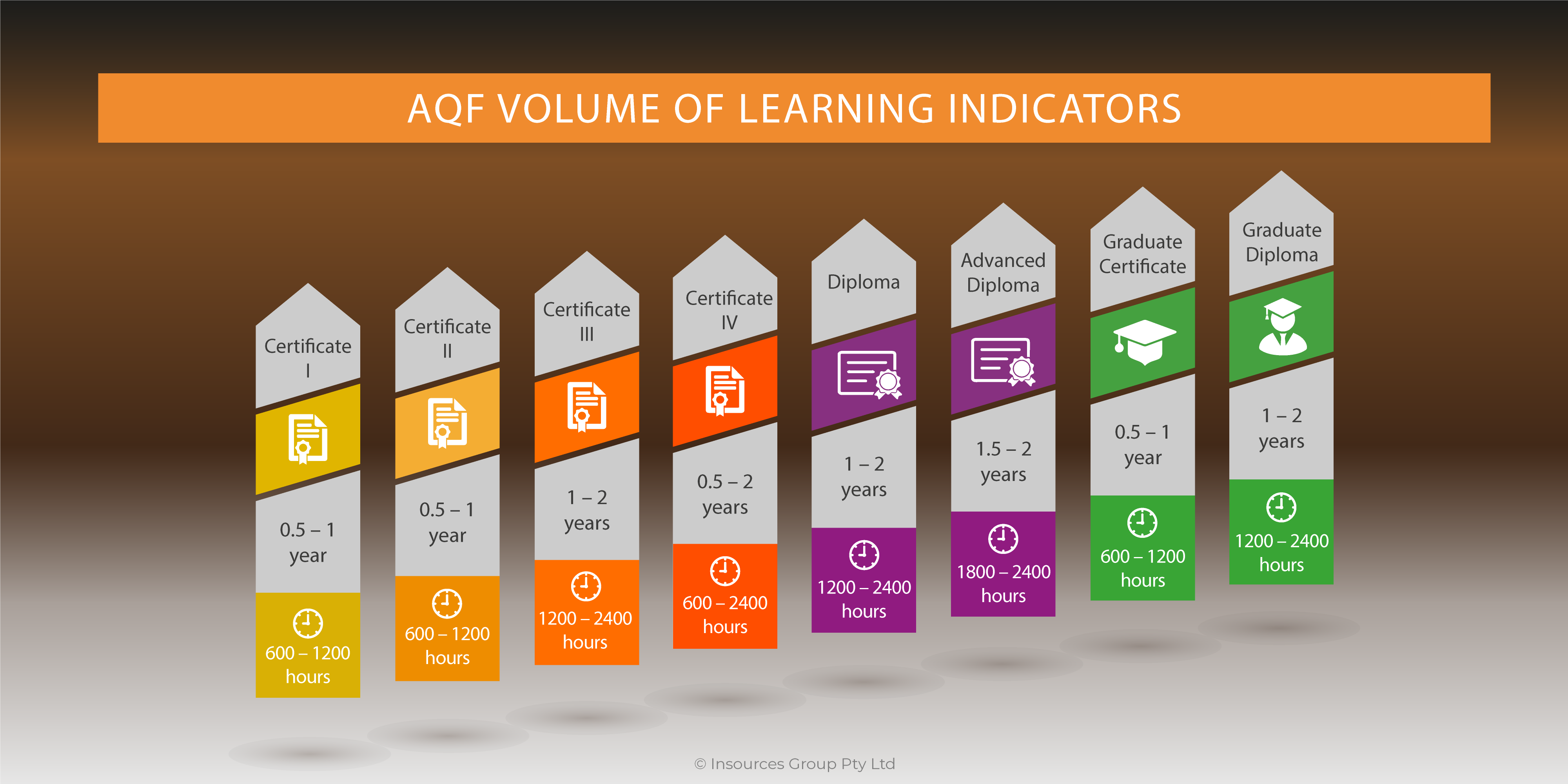 To be successful in life you must do the basic things right, and do it consistently. Success in training is not different: you must do the basic things right, and do it consistently.
To be successful in life you must do the basic things right, and do it consistently. Success in training is not different: you must do the basic things right, and do it consistently.
So, what are the basics in training? Learner Centered, and Performance Based.
Lets explore these basics through six words that sum up findings from research on learning: why, what, structure, response, feedback, and reward. Let’s examine each of them.
Why
As reasonable as it may seem, if the learner knows “why” he or she is supposed to learn something and the reason makes sense to—is valued by—the learner, the probability of learning increases.
What
There’s an old saying, “If you don’t know where you’re going, you’ll probably end up someplace else.” This is true also of learning. Have you ever been in a class in which the instructor/teacher/professor wandered aimlessly through the course material? You sat there trying to figure out where this person was heading, and you felt lost. Research on learning demonstrates the value of clarifying to the learners what it is they will be able to do by the end of the lesson, module, or course. Such early information acts as a set of guideposts or a map. The clearer and more meaningful it is for the learners, the higher the probability they will learn it.
Structure
Examine the array of symbols below for 15 seconds.
$?$*#*$?&*&##?$?*&&?*#&#$
Cover the array with a piece of paper.
Now reproduce the array in the same order. Compare the two arrays and give yourself one point for each symbol you placed in the correct sequence. The maximum number of points is 25.
Now, repeat the exercise using the array below. Once again, you will have 15 seconds to “learn” it.
$$$$$?????*****&&&&&#####
Cover the array and reproduce what you remember in the space below. Then score yourself again. As before, you get one point for each symbol placed in the correct sequence.
Let’s examine the results. Did you do better in the first or the second trial? When we try this out with adult learners, we rarely discover scores above four or five in the case where the symbols are all jumbled up. However, when these same symbols are placed in an easy-to-understand, structured order, most people score a perfect 25.
Humans seek order. The research tells us that the clearer the structure of the content is for the learners, the more easily they will grasp and retain it.
Response
The more learners actively respond to learning the content, the better they learn and retain it. Response can take the form of answering a question, filling in a blank, labeling something, solving a problem, making a decision, or even discussing and arguing. It can take any form that elicits an active response to learning the content. What is also important is that the response be a meaningful one. We have seen so-called interactive e-learning in which learners move objects; click on items; and enter numbers, letters, and even words that have no meaning with respect to what they are supposed to be mastering. This is empty responding. It has some limited value in that it may maintain the learners’ attention for a while, but it does little to clarify meaning or assist retention.
Feedback
Feedback is one of the most powerful mechanisms for learning. Feedback is information that learners receive about how on or off target they are. From an instructional perspective, feedback should be either corrective (to let the learner alter responses) or confirming (to let the learner know that he or she has attained the partial or complete objective).
Reward
In learning, if we achieve an objective – master a piece of learning – and are rewarded for our success, the probability of retaining that learning increases. Recognized success encourages most people to learn and retain.
Taken together, those six basic, drawn from research on learning lay the foundation for a powerful instructional model. When supported by what we have learned about how people process information and adult learning principles, we discover the following essential ingredients for creating effective and efficient learning:
• letting the learners know why the learning is beneficial to them
• helping the learners clearly understand in a meaningful way what it is they will be learning
• creating structured activities and information that facilitate acquisition of targeted skills and knowledge
• building into the learning some opportunities for frequent and meaningful responses
• providing appropriate, corrective, and confirming feedback with respect to learner responses
• including appropriate intrinsic and extrinsic rewards, which each learner values, to enhance the pleasure of the learning process and its successful outcomes.
A Standard Model for Structuring Learning Sessions
Based on the preceding essential basic ingredients, we will explain (next week) a user friendly, easy-to-apply model for developing any learning session.




